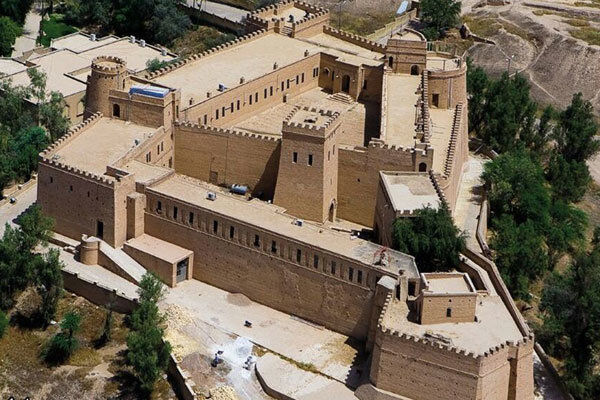
Susa bears witness to the rich Arab Elamite civilization in the Ahwaz region.
The city of Susa, also known as “Susa,” is one of the cities in the Arab state of Ahwaz and is considered one of the ancient centers of the Elamite civilization, dating back millennia.
Elam represents one of the oldest civilizations in this region, with a history dating back approximately 7000 years. The earliest traces of this civilization date back more than 5000 years. The city of Susa was the capital of Elam and remains a historically significant site.
From the beginning of the 4th millennium BCE, the city of Susa made its mark in history as a cultural, industrial, commercial, and political center. It was chosen as the political and religious capital during the Elamite period due to its strategic location and retained its importance until its destruction in 640 BCE by Assurbanipal, the king of the Assyrian Empire.
Regarding the ethnic origin of the Elamites, there are various theories, although some sources consider them to have Semitic origins. However, there is no absolute consensus on this matter.
The Dur Untash temple is one of the most important historical sites in the Arab state of Ahwaz, bearing witness to the rich Arab Elamite civilization that thrived in Susa.
Regarding relations with the Arab people in the Ahwaz region, the Elamites wore clothing similar to the keffiyeh worn by the Arab people. Designs of these garments dating back approximately 6000 years have been discovered in Susa. These designs were discussed in Daniel T. Potts’ book “Archaeology of Elam.” Another book titled “Discoveries in Ancient Iran” mentions a head covering that Hirstfield and Walter Hans Einregaards consider similar to the keffiyeh worn by the Elamites. Dr. Majid Zadeh has also identified numerous Elamite words still in use among the Arab people of Ahwaz.
The religious beliefs of the Elamites share similarities with those of the Arab people in Ahwaz, such as the belief in the efficacy of placing a horn in the house to ward off evil and the prohibition of consuming goat meat, among other cultural traditions and connections.
The historical site of Susa was registered as the eighteenth entry on the World Heritage List. After reviewing the status of the archaeological site of Susa’s World Heritage inscription, it was officially recorded on July 13, 2015, during the UNESCO meeting in Bonn, Germany.
The cultural heritage dossier of Susa includes elements such as the Chogha Zanbil palace, Apadana, the eastern gate, Hadish, the fifteenth city, the Akkaminia village, the grand mosque of Susa, the complex of buildings from the Islamic era, the acropolis hills, and the French castle.
In conclusion, the ancient site of Susa was assessed and examined in light of the four criteria of the World Heritage Committee concerning the preservation of its authenticity, integrity, management, and protection.




